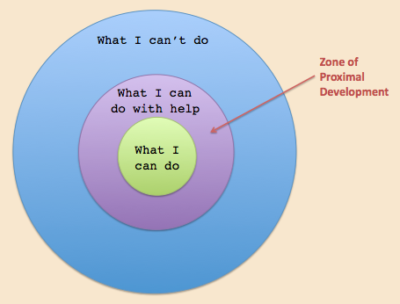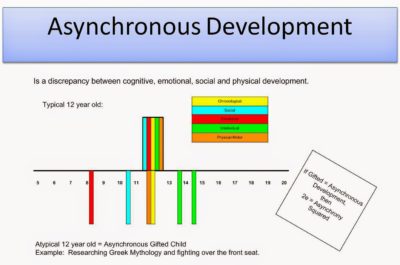It’s hard to identify students for gifted—or Highly Capable (HC)—programs.
I just finished reading Malcolm Gladwell’s 2009 book What the Dog Saw. One chapter was called “The New-Boy Network: What Do Job Interviews Really Tell Us?”
Gladwell explained that people can give a terrific interview and be bad at the job. Why? Because people’s traits and abilities are task-specific. Someone may have the characteristics of a great interviewee and the ability to answer interview questions well, but that same person may not have the temperament or personality or skills to perform well at the job. An interview and a job are different situations, and the person will respond differently to the two types of situations.
How does that apply to gifted identification? Imagine that a district limits itself to a single test. You may have a child who delights in that type of test question and who is comfortable with that type of testing situation. On the other hand, you may have a child who finds that kind of test question boring or who is distressed at the testing situation. If those same children have identical abilities, the first child is going to have a higher test score.
A psychologist in New York state gave a 4-year-old girl an individual IQ test that took over an hour. When the test was over, the psychologist came out and said the child missed the cut-off score by one point. However, he added, the score wasn’t valid because the girl got hungry halfway through the test.
He never gave her the chance to take a snack break.
In a district in North Carolina, the means of identification was single creativity test: “Draw a person.” Of course, the more detailed the drawing, the more creative the student. One child barely drew a stick figure, so was not identified as gifted. His mother said they should have had him draw a map. He would have been working on it for over an hour.

He needed a different prompt.
In Washington state, districts are required to use multiple criteria for identification.
- The more points of information, the better. Having just three items is ridiculously low, especially if two of them are subjective.
- The more diverse kinds of information, the better.
- The more familiar the setting for data collection, the better. Assessing kids in their own school during the school day is the best.

 Think of putting fourth graders into first grade classrooms. That would be ludicrous, right? While the teacher is working with the first graders on “What I can do with help,” the fourth graders are well past the “What I can do” and into the “I’m bored and trying to amuse myself” zone.
Think of putting fourth graders into first grade classrooms. That would be ludicrous, right? While the teacher is working with the first graders on “What I can do with help,” the fourth graders are well past the “What I can do” and into the “I’m bored and trying to amuse myself” zone. Every year I have several students who are academically advanced but who are socially and emotionally immature. In some cases very immature. One of the defining characteristics of gifted is “asynchronous development.” Gifted students are out of the norm in terms of their development when compared to their age peers. That can mean they are out of the norm in more than just the realm of intellect. Which is why you can have a fifth grader working at the intellectual level of a 15-year-old but acting emotionally like a five-year-old.
Every year I have several students who are academically advanced but who are socially and emotionally immature. In some cases very immature. One of the defining characteristics of gifted is “asynchronous development.” Gifted students are out of the norm in terms of their development when compared to their age peers. That can mean they are out of the norm in more than just the realm of intellect. Which is why you can have a fifth grader working at the intellectual level of a 15-year-old but acting emotionally like a five-year-old.